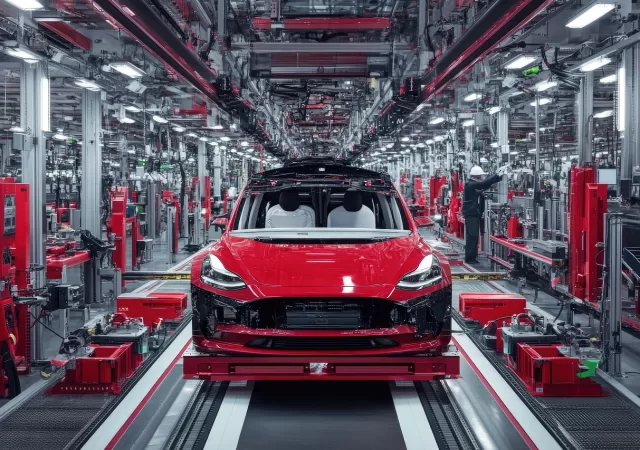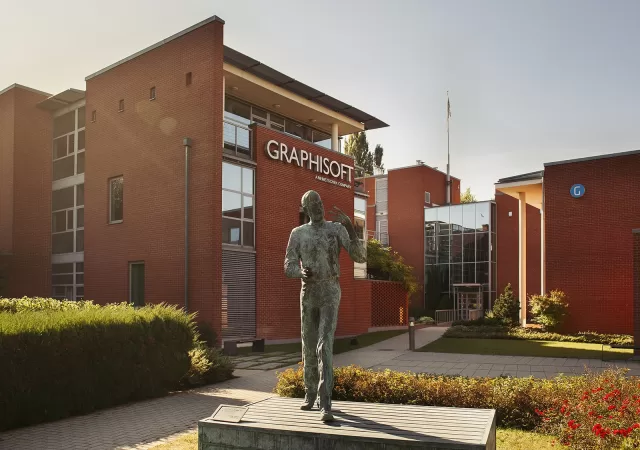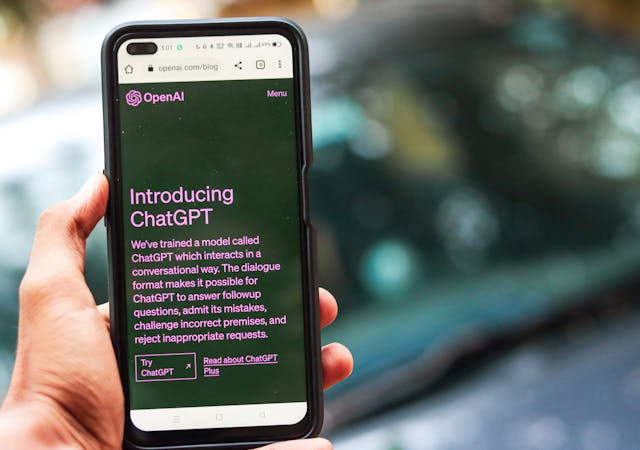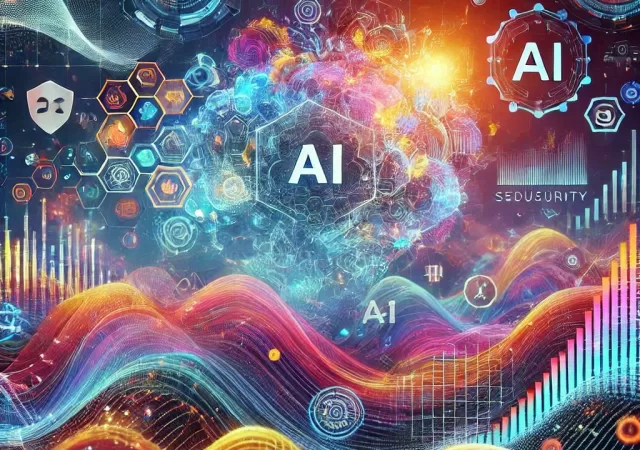Google Photos “Help me Edit” function breaks exclusivity and makes its way to devices running Android 16.
From “Bolt-On” to “Co-Pilot”: Red Hat’s Realistic AI Roadmap for Manufacturing
Digitization and AI deployment in the manufacturing space doesn’t need to revolutionary, it can be evolutionary according to Red Hat’s Kelly Switt.
AI is the New Normal for Asia-Pacific Customer Experience According to Infobip
Infobip’s new report highlights the deepening role AI – specifically Generative AI – is playing in businesses looking to get ahead of the “Zero-wait” mindset.
Riding the Digital Wave: Agile Manufacturing in ASEAN’s AI-Powered Future, Securing Every Byte
As digitalisation continues to be a cornerstone for most companies, manufacturing is riding a digital wave and evolving beyond just automation to implementation of AI solutions.
With end-to-end solutions, AI can and should operate everywhere
Harness Generative AI. Lenovo’s end-to-end solutions make AI practical everywhere, from AI-powered devices & PCs to full adoption services for your business
How IT Leaders Can Give Employees The ‘Magic Touch’ with Tech
Uncover the role of Lenovo in addressing the digital skills gap, making workplace technology accessible for everyone.
Tech & The Human Experience: Navigating Trust, Personalization, and Digital Balance
As businesses approach a new, shifting reality, they will need to navigate barriers and shifts that will impact the way they leverage Generative AI and interact with customers.
Graphisoft is Designing the Future with Mindful Integration of Generative AI, Sustainability and Effiency
Graphisoft is designing a digitized future for the AEC industry with mindful integration of Generative AI and bringing key tools to the cloud to enable more collaborative workflows.
OpenAI Unveils o3-mini – This is What You Need Know
Open AI announces ChatGPT’s new o3-mini reasoning model that allows it to do more complex reasoning faster and more efficiently.
Accenture Enhances Cybersecurity Offerings with Generative AI and Advanced Technologies
Accenture expands its offerings in cybersecurity with new AI-enhanced services aimed at mitigating the impact of Gen AI based threats on business operations.











